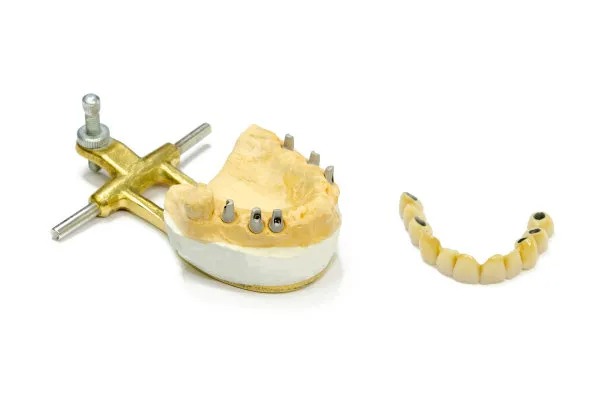The Essential Guide to Extracting a Tooth Safely and Effectively at Home or with a Dentist
Summary: Extracting a tooth may seem daunting, but with the right guidance, it can be done safely and effectively, whether at home or with a dentist. This article outlines the essential steps to consider before undergoing a tooth extraction, including understanding dental emergencies, the preparatory measures required, the procedure itself, and aftercare recommendations. By following these guidelines, patients can ensure a minimally distressing experience while promoting healing and reducing complications. Adopting the suggested techniques and consulting with a professional when necessary can make a significant difference in outcome and comfort.
1. Understanding When Tooth Extraction is Necessary

Tooth extraction may be essential in various circumstances. The most common reasons include tooth decay, gum disease, overcrowding, and impacted teeth. Recognizing these issues is crucial for determining whether to seek professional help or attempt extraction at home.
Severe tooth decay can weaken the structure of a tooth, leading to infections or abscesses. In such situations, consulting with a dentist is highly recommended. Early intervention often prevents complications that could arise from further decay and infections.
Additionally, overcrowding may necessitate the extraction of one or more teeth. Orthodontic treatment often requires this to create sufficient space for proper alignment. Assessing your dental situation with a professional will provide clarity on the next steps in managing dental health.
2. Preparing for Tooth Extraction Safely
Preparation is vital before extracting a tooth, whether done at home or with a dentist. First, gather necessary tools such as sterile gauze, dental floss, antiseptic rinse, and pain relief options. If performing the extraction at home, ensure you have a clean and quiet space to minimize distractions and stress.
Consulting a dentist beforehand can provide valuable insight and professionalism to ensure safety. They may recommend imaging to assess the tooths condition and the surrounding tissues, ensuring youre well informed before taking action.
It’s also essential to gather medical history and any medications taken to avoid complications during the extraction. This information aids in evaluating your overall health status and potential risks during the procedure.
3. Performing the Tooth Extraction: Step by Step
When it comes to the extraction itself, following a detailed process is paramount. For home extractions, begin by numbing the area with over-the-counter pain relief options. Gently twist the tooth back and forth to loosen it before pulling it out. Use controlled force to avoid breaking the tooth or causing damage to surrounding tissues.
During a professional extraction, an anesthetic will be applied to numb the area. The dentist will then extract the tooth using specialized tools, ensuring minimal discomfort and swift removal. Professional extractions are typically more efficient due to years of expertise and advanced technologies employed in dental practices.
Regardless of the method chosen, careful attention during the extraction process can prevent unnecessary pain and complications. Time spent preparing will pay off in ensuring a smooth extraction with the desired outcome.
4. Aftercare for a Smooth Recovery
Post-extraction care is essential for promoting healing and preventing complications. Following the procedure, its crucial to bite down on a sterile gauze pad to control bleeding. Maintain firm pressure for at least 30 minutes; if bleeding continues, replace the gauze and apply pressure again.
Patients should also avoid food and beverages for the first few hours post-extraction. Once past this period, sticking to soft foods that require minimal chewing will aid the healing process. Staying hydrated is equally important, yet patients should refrain from using straws, as the suction could dislodge the blood clot and lead to dry socket—a painful condition that significantly prolongs recovery.
Monitoring for signs of infection, such as excessive pain, swelling, or fever, is vital. If any concerning symptoms arise, follow up with a dental professional promptly to address any issues that may arise during recovery.
In conclusion, extracting a tooth, while it can be a challenging experience, can be navigated successfully with the right knowledge and preparations. Understanding when extraction is necessary, adequately preparing for it, performing the procedure correctly, and ensuring effective aftercare are all integral to a successful outcome. Both at-home and professional extractions can be effective, but safety should always be a priority.
This article is compiled by Vickong Dental and the content is for reference only.


